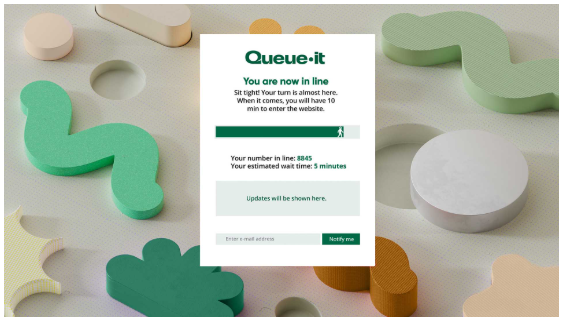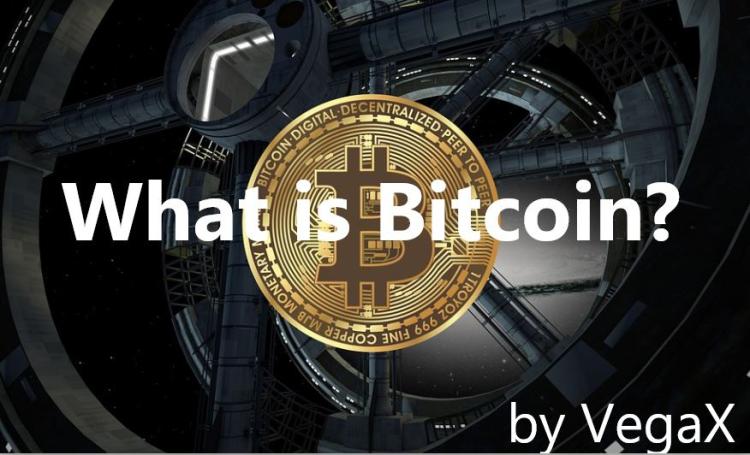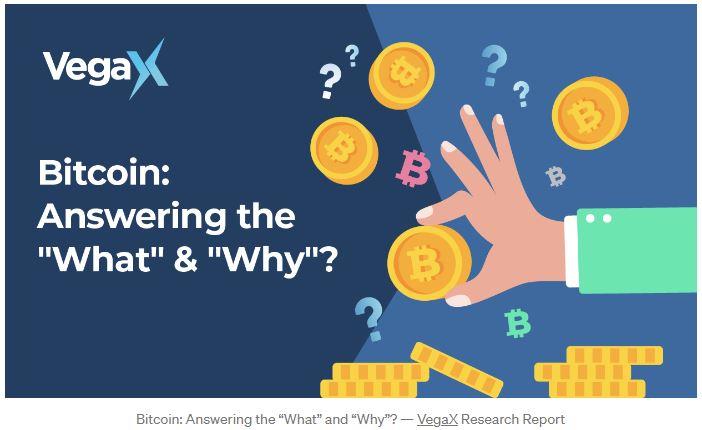What is Bitcoin, really? Is it money, property, security, or a payments network?
Anyone with even a cursory interest in digital assets has likely heard of Bitcoin before — but many are still confused — what is Bitcoin, really? Is it money, property, security, or a payments network? And why should an investor consider holding bitcoin as part of their portfolio?
Since its creation in January 2009, Bitcoin has emerged as the world’s premier digital asset boasting a global market capitalization of $726 billion at the time of writing. Many, many alternatives to bitcoin have been created in the meantime, a few of which have succeeded, while the large majority fail and become worthless. All the while, bitcoin has retained a ~40% market capitalization dominance over the broader digital asset market.
VegaX provide a non-technical explanation of what Bitcoin is, including the philosophical/geopolitical context for its creation.
What is Bitcoin?
In order to fully grasp what Bitcoin is, and why many consider it to be the most revolutionary technology of the 21st century, it is important to understand the philosophical and geopolitical context surrounding its genesis.
Bitcoin was first introduced to the public in January of 2009 by a developer — or group of developers — under the pseudonym Satoshi Nakamoto. During this period, the world was still reeling from the financial crisis of 2007–2008, caused in large part by institutional liquidation cascades as a result of mismanaging (or intentionally obfuscating) risk in mortgage-centric derivative instruments.
“Banks must be trusted to hold our money and transfer it electronically, but they lend it out in waves of credit bubbles with barely a fraction in reserve.” — Satoshi Nakamoto
Satoshi Nakamoto, along with prominent figures in the cryptography/cypherpunk space — notably Hal Finney — were clear that a primary intention behind the creation of the Bitcoin blockchain was to give ordinary people the chance to participate in a global payments network that was uncensorable and unmanned by the usual financial gatekeepers.
The question remains… what is Bitcoin?
Bitcoin is a permissionless, trust-minimized, peer-to-peer global payments network that is implemented as an immutable, distributed ledger software program (which is completely open-sourced).
At its base, Bitcoin is a software program. Once downloaded onto a suitable device (laptop, desktop, micro-computer), that device connects to other devices on the network. These devices all share a file with each other, that file is called the blockchain, which is itself just a list of transactions unanimously agreed upon by the network.
How do new transactions get added to the blockchain?
As stated above, Bitcoin is a permissionless payments network, as such, anyone is free to utilize the network and create transactions. The way that new transactions become a part of the blockchain happens through a process called “mining.”
New transactions are first listed on a node’s waiting queue (the same node by which they are connected to the network), called a memory pool, and sit for ~10 minutes — until all nodes in the network have a copy of the most recently published transactions. In the meantime, mining nodes (specialized hardware devices) compete with each other to create the next publishable “block” of transactions to be added to the blockchain.
Simply put, miners run these blocks of transactions through what is called a hashing function — which is meant to compress the list of transactions into an alphanumeric string of characters, called the block hash. In order for a block to be published, its hash value must be underneath a specific threshold, which all nodes on the network agree to.
The first miner who successfully clears the threshold then publishes this block onto the greater blockchain, and shares a copy of the updated blockchain around to all nodes on the network. For their trouble — expending processing power via electricity — miners earn a “block reward” paid in bitcoin. Effectively, this process of mining is where “new” Bitcoins come from.
Why would an investor want exposure to Bitcoin?
While there are valid reasons why one might have a position in Bitcoin on a short/medium term basis, this section will focus more on the reasons to hold for the longer term.
It is no secret that fiat currencies around the world have been suffering a precipitous decline in purchasing power over the last few years and that this purchasing power has been dramatically worsened by the conflict in Ukraine.
#BTC #ETH #Blockchain #Crypto #Block_Nine_News #블록나인뉴스 #비트코인 #AML #DLT #stablecoin #AI #Cryptocurrency #digitalCurrency #IoT #cyberattack #SatoshiNakamoto #tradeWar #SEC #이더리움 #돈세탁방지법 #디지털화폐 #디지털ID #암호화폐지갑 #cryptowallet #FinCEN #Gemini #itBit #Kraken #Bitstamp #Liquid #OkEx #Poloniex #bitFlyer #Bitfinex #OKCoin #USDT #Hacker #Coinbase #Reddit #BitMEK #Bitfinex #forensics #Binance
Reporter Hery Lee (news@dailycoinews.com)의 기사 더 보기
- Daily Coin News prioritizes the voice from the scene over others(news@dailycoinews.com) -
- 기사에 사용된 모든 자료에 대한 책임은 작성자 본인에게 있습니다 -
[copyrightⓒ 2018 All rights reserved by Daily Coin News]
Leave a Comment
Write As a Reporter

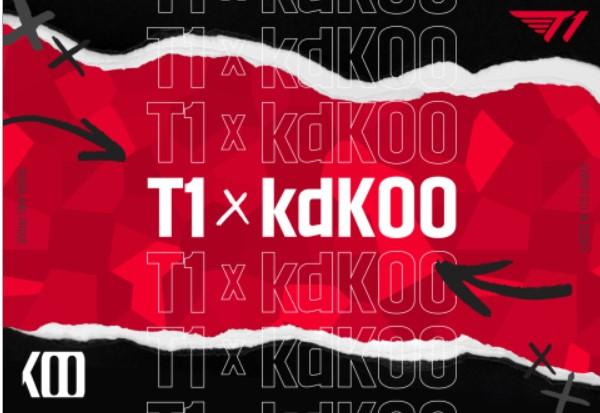
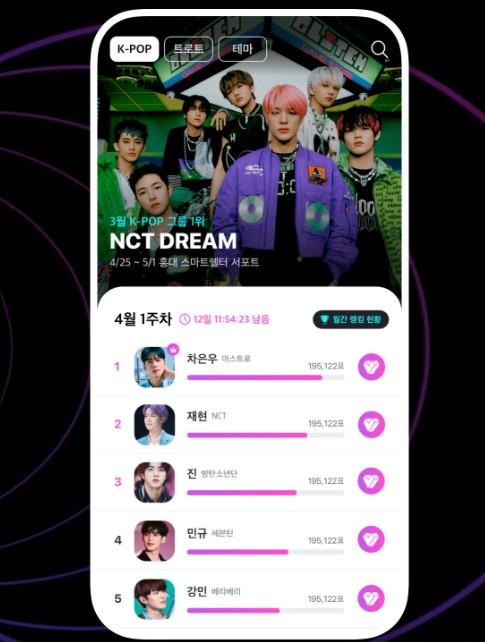

Coin 시황



